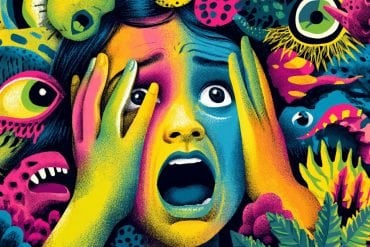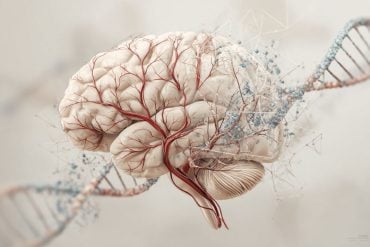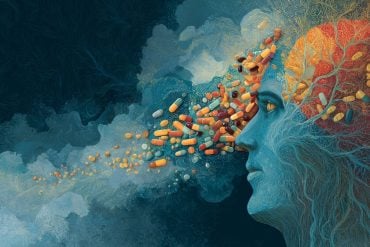Summary: A new study reveals that adolescents who identify as “night owls” tend to be more impulsive than their early-rising peers. These teens reported higher negative urgency and lower perseverance, meaning they were more likely to act rashly under stress and abandon difficult tasks.
Interestingly, no link was found between biological circadian timing and impulsivity, suggesting psychological or behavioral influences may play a greater role. The study involved 210 teens and highlights the potential for chronotherapeutic interventions to reduce impulsivity-related risks during adolescence.
Key Facts:
- Evening Preference & Impulsivity: Teens who prefer late sleep and wake times show higher impulsivity.
- No Biological Link: Dim light melatonin onset did not predict impulsivity levels.
- Prevention Potential: Targeting sleep patterns may help reduce teen risk behaviors like substance use.
Source: AASM
A new study to be presented at the SLEEP 2025 annual meeting found that adolescents who prefer to sleep and wake up later (“night owls”) reported greater impulsivity than those who prefer to sleep and wake up earlier (“morning larks”).
Results show that adolescents with self-reported evening preference, or “night owl” tendencies, reported greater negative urgency and lack of perseverance, which are two aspects of impulsivity.

This means that they were more likely to act impulsively when experiencing negative emotions and quit difficult tasks. In contrast, there was no association between objectively measured circadian phase and impulsivity.
“Surprisingly, we did not find a significant link between dim light melatonin onset and impulsivity in our sample,” said lead author Riya Mirchandaney, who is a doctoral candidate in clinical-health psychology at the University of Pittsburgh.
“This suggests that there may be unmeasured psychological or behavioral factors influencing both impulsivity and the self-assessment of circadian preference, regardless of the timing of an individual’s internal circadian clock.”
According to the American Academy of Sleep Medicine, circadian rhythms are internal biological rhythms that exist in all living organisms. This timekeeping system, or “body clock,” is synchronized to the 24-hour, light-dark cycle.
Circadian preference reflects an individual’s desired timing of sleep and wake, and circadian timing can be objectively measured by analyzing saliva or blood plasma to detect dim light melatonin onset.
The study involved 210 adolescents across two studies. They had a mean age of 17 years, and 60.5% were female.
Participants completed self-reported measures of impulsivity and circadian preference. Laboratory samples of saliva were taken to assess circadian phase by determining dim light melatonin onset.
During a week-long protocol, participants also wore a wrist actigraph to estimate sleep midpoint and duration, and at bedtime they completed an assessment of impulsivity.
Mirchandaney emphasized that the results could influence future research to help teens avoid the negative effects of impulsivity, which is a well-established contributor to alcohol and substance use.
“Adolescence may be a prime opportunity for preventing adverse outcomes associated with impulsivity using chronotherapeutic interventions to advance sleep and circadian timing,” she said.
Funding: This study was supported by grants from the National Institute on Drug Abuse and the National Institute on Alcohol Abuse and Alcoholism within the National Institutes of Health.
About this impulsivity, neurodevelopment, and circadian rhythm research news
Author: Hannah Miller
Source: AASM
Contact: Hannah Miller – AASM
Image: The image is credited to Neuroscience News
Original Research: The findings will be presented at SLEEP 2025






